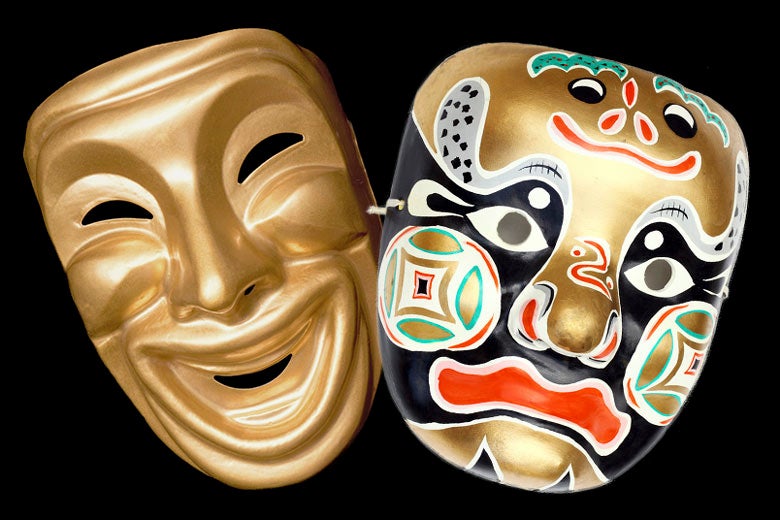
New Stanford research focuses on how much people in two different cultures want to maximize positive emotions and minimize negative ones.
European Americans prefer positive feelings over negative ones while Chinese tend to experience a balance between the two, new Stanford research shows.
“Culture teaches us which emotional states to value, which can in turn shape the emotions we experience,” said Stanford psychology Professor Jeanne Tsai, director of the Culture and Emotion Lab on campus. Stanford psychology postdoctoral fellow Tamara Sims was the lead author on the research paper, which was published in the Journal of Personality and Social Psychology.
Sims noted that a number of studies by other researchers have shown that people from Chinese and other East Asian cultures are more likely to feel both negative and positive – or “mixed emotions” – during good events, such as doing well on an exam.
On the other hand, Americans of European descent are more likely to just feel positive during good events. Tsai said this is explained by cultural differences in models of the “self.” Americans tend to be more individualistic and focus on standing out, whereas Chinese tend to be more collectivistic, focusing on fitting in.
“In multicultural societies like ours, this can lead to deep misunderstandings,” Tsai said.
For instance, Americans might view Chinese who feel bad during good events as being depressed, when in fact they are feeling how their culture expects them to feel.
In an interview, Sims said, “Although Americans know what it’s like to look for the good in the bad – the silver lining – they are less likely to see the bad in the good, compared to Chinese.”
Previous research has not examined the role that emotional values play in this difference. Tsai said this new research focuses on how much people in two different cultures want to maximize positive emotions and minimize negative ones.
The researchers conducted four different studies: with European Americans, Chinese Americans in the United States, and Chinese in Hong Kong and Beijing.
‘Focusing on the positive’
The participants, totaling 690, were given questionnaires that assessed their emotions, values and how much they ideally wanted to feel positive relative to negative emotions.
In two of the studies, for example, participants carried handheld devices that beeped randomly during the day. When they beeped, participants rated how they ideally wanted to feel and how they actually felt at that moment.
Those studies showed that European Americans and Chinese Americans experienced fewer mixed emotions than Hong Kong and Beijing Chinese, and that those differences were related to how much those people wanted to maximize their positive emotions and minimize their negative ones.
In another study, European American and Hong Kong Chinese participants watched TV clips – from the X Factor, a musical competition series – and were asked to rate “How positive are you feeling right now?” and “How negative are you feeling right now?” on a 5-point scale.
The clips they watched differed in how well the contestants performed. The viewers were asked to put themselves into the shoes of the contestants.
Before watching the clips, half of the participants were instructed to focus on the positive but not the negative, whereas the other half were instructed to focus on both.
The people who were instructed to focus on the positive – but not the negative – were less likely to experience mixed emotions during the clips.
Overall, Tsai and Sims said, the findings provide evidence that the more people want to maximize positive feelings and minimize negative ones, the less likely they are to experience the bad with the good.
Multicultural implications
Tsai said that because people are often unaware of how cultural ideas and practices shape emotions, many assume that everyone wants to feel the same way.
Previous research by Tsai and Sims focused on doctor-patient connections, and the role that wanting to feel different types of positive emotions – excitement vs. calm – has on these relationships. This latest research concerns the degree to which people want to feel positive relative to negative emotions.
This subject, they suggested, has implications for other research on mixed emotions. For example, Stanford psychology Professor Laura Carstensen has found that as people in the United States grow older, they experience more mixed emotions.
Media Contacts
Jeanne Tsai, Psychology: (650) 736-1843, jeanne.tsai@stanford.edu
Tamara Sims, Psychology: tamarasims@stanford.edu
Clifton B. Parker, Stanford News Service: (650) 725-0224, cbparker@stanford.edu